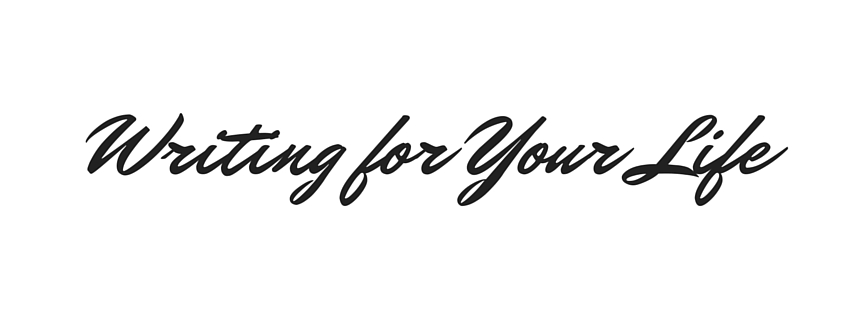by Stephanie Smith
Every single month when the calendar icon on my phone resets to Day 1, it comes as a small shock (Just me? Or you too?). It feels like I’m never quite prepared for it, and this month more than most. Our unprecedented moment finds us all in different places facing particular fears and sorrows. Wherever this letter finds you, I hope you’re hanging in there, and thought that today we might talk about writing as a practice that can help (or at least is helping me).
We’re facing an impossible amount of input right now as we contend with the news cycle, more than the human brain knows what to do with. For every new acquisition of information, we develop an emotionally charged response, yet our processing system is too overloaded to sort and synthesize all of this toward any settled destination. With nowhere else to put all of this too-muchness, it seems our bodies simply hold it all in and keep it on the spin cycle.
That’s when we feel it, what I’ve come to call The Churn. You know what I’m talking about: that feeling in your gut, your chest, where all the nameless fears and anxious unknowns converge into a constant churn.
But here’s what I’ve learned from a personal writing practice: giving ourselves the space to name our emotions offers us authority over The Churn.
Feelings are as expansive as the high tide and can easily overtake any of us, but framing them with words is like drawing an un-crossable line in the sand. Suddenly, The Churn is contained. It has not vanished (and don’t let anyone tell you otherwise), but it is now boundaried, reassuringly so.
Naming an emotion disarms it of some of its charge. Suddenly, the unknowable churn has borders, and we can breathe a little easier.
Perhaps we find here a writing prompt for strange times we might all benefit from:
- Where are you feeling The Churn right now?
- Can you trace the feeling back to its source?
- Can you give it a name?
I’ve yet to find a more effective, satisfying practice than writing for calming The Churn. There’s a great word for this process especially when it comes to writing.
“Catharsis” echoes its Greek origins, meaning to cleanse or purify, to get the unwanted out of one’s system. This word first entered the English language as a medical term in the 18th century to describe the purging of the body and the bowels.
So now that you’ve been subjected to that inspiring meditation, I’ll tack on my translation: catharsis is about taking out your emotional trash. It’s about releasing ourselves from toxic thoughts and unchecked emotions that keep us stuck in The Churn.
Catharsis is the writer’s secret weapon for honestly and compassionately letting ourselves off the hook of the internal drama that’s been dragging us down.
Whether you are cracking open a notebook, typing into the cloud, or taking three minutes to let your thumbs do the talking in an iPhone note, the page can become your practice ring for catharsis.
Instead of letting our thoughts and emotions tumble and churn inside of us without border, writing makes a space for us to hold each tangled tension up to the light, name it for what it is, and then decide where it belongs.
Instead of letting our fears ricochet endlessly inside of us on repeat, writing gives us an outlet.
When we take the time to translate our inner state to the page, we bump into an essential truth: we have always had the power within us to give the boot to self-talk that doesn’t serve us. Ultimately, you get to make the call, and writing reminds us of this through practice.
Finally—and this is a SUPER perk and power—writing gives us the last word. We can be as brutally honest as sanity-keeping requires in the first word, the first draft in a way, of our emotional reaction. Anything goes in the first draft. Vent away; be as petty and unpolished as you like. All is allowed.
But as we keep pressing deeper and writing forward, two things happen: first, we discover The Churn isn’t nearly as daunting as we first believed, and second, we find our strength and our stride, our very voice, to stand square to the wind and shout our counter.
The Churn is a force, it must be honestly said. But resilience can only be built through resistance, as we dare to counter the force of external realities with inner strength. And what a delicious moment that is: when resistance comes shoving, and you push back.
It’s so easy to feel helpless right now. I feel it too, in tender places. But as you approach the page this week and in the weeks ahead, I hope you will recognize your writing for what it is: a means of practicing resilience. I will if you will. And my hope for all of us is that we will trust that with every first draft, messy middle, and last word, the muscle is being made.
Until next time,
Take heart. Write on. You got this.
Stephanie Smith is the associate publisher for Zondervan Books, where she takes great joy in supporting, stretching, and championing authors as they bring the best out of their message. Stephanie lives with her husband in Tennessee, and you can catch her pop-up email newsletter for writers looking to find your angle, write like you mean it, and do it in style at www.slantletter.com.
